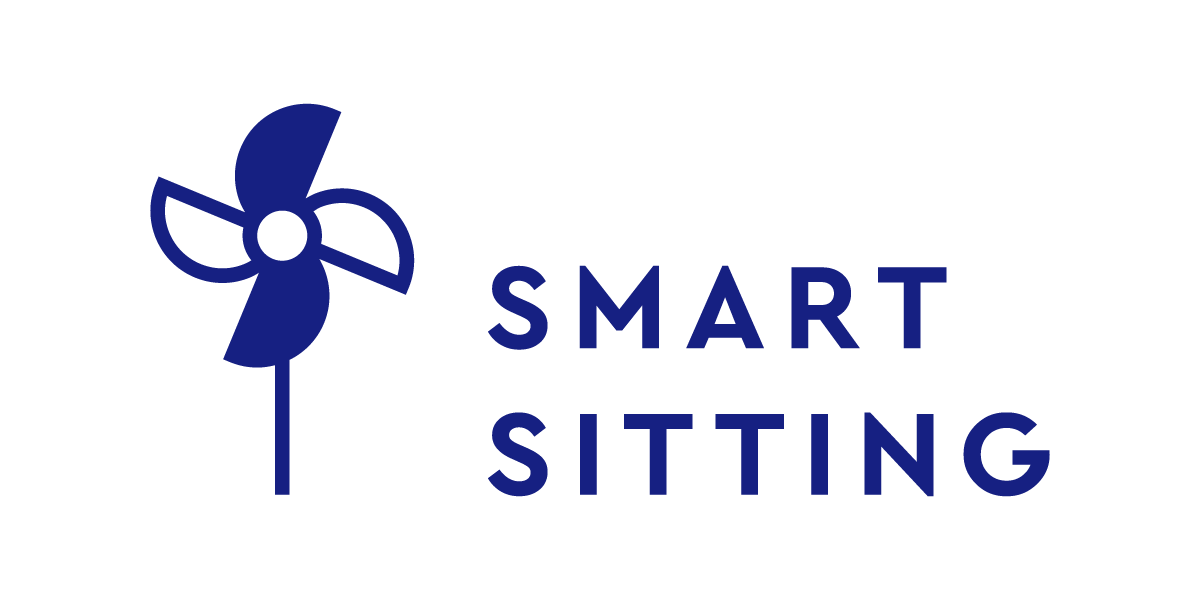Helping Children Nurture Their Mental Well-Being
Children learn to move through the world by observing and mimicking adult behavior. How you act as an adult shapes children’s understanding of the world and influences their future actions. This instinct, known as observational learning, involves observing, interpreting, and imitating behaviors.
“The process of learning by watching others, retaining the information, and then later replicating the behaviors that were observed.”
Kendra Cherry, psychological rehabilitation specialist
Observational learning has four key stages: attention, retention, reproduction, and motivation. It can occur through live (in-person actions), verbal ( instructions), or symbolic (behaviors in media) modeling. Understanding these stages and using diverse modeling methods will help adults support children’s mental health and reinforce positive behaviors.
Stage 1: Attention
Learning requires focus to absorb new information. For instance, a nanny might share “When I’m overwhelmed, I find it helpful to write out my thoughts.” Sharing this advice during a panic attack wouldn’t be effective, but waiting until the child is calm allows for better concentration and understanding. After observing an action multiple times, a learner can move to retention.
Stage 2: Retention
Retention, or recall, is remembering a behavior without acting on it. A child may remember a TV character who talked to friends when upset (symbolic modeling), but still lash out in anger. Repeated and varied examples of seeking support will reinforce the action and lead to reproduction.
Stage 3: Reproduction
Reproduction is when a learner imitates behavior. For example, a preschooler decides to draw because they remember a teacher suggesting coloring as a calming activity (verbal modeling). Repeated mimicking is often needed before moving to the final stage, motivation.
Stage 4: Motivation
Motivation influences whether the behavior will be repeated based on observed or experienced outcomes. If drawing is relaxing to the preschooler, they are likely to reuse the technique again. Negative experiences, such as another child taking the crayons, may deter them. Motivation also comes from vicarious reinforcement, when observing others being rewarded or punished.
Enhancing Observational Learning
It’s easy to forget mental health strategies when they are needed most, so providing diverse modeling behaviors helps reinforce learning retention. Combining live, verbal, and symbolic modeling also supports this learning. For instance, a parent tells their child, “I’m feeling overwhelmed in this noisy store, so I’m going to take deep breaths like Bluey did,” and shows visible calmness after breathing.
The Importance of Intentional Modeling
Deliberate modeling of healthy coping mechanisms can shape how children relate to the well-being of themselves and others. Showing children how to express gratitude, face fears, socialize, manage sadness, and anxiety teaches them to positively handle their own emotions.
“Do not avoid talking about or expressing your negative emotions (i.e., extreme sadness). Without acknowledging negative emotions and speaking about them openly, your child will think that it is normal to bottle up their negative emotions and hide them from others.”
Kaelan Jones, provisional psychologist
Modeling healthy responses to emotions shows children how to self-soothe and express their needs. Since observational learning is instinctual and continuous, adults must be aware and intentional with their behaviors and the foundational learning we provide children.
This blog is written by Rock Abrahamson, a Mental Health Advocate from the Smart Sitting DEIC. Ready for more helpful tips? Join our newsletter now to get the latest childcare guides delivered straight to your inbox!



